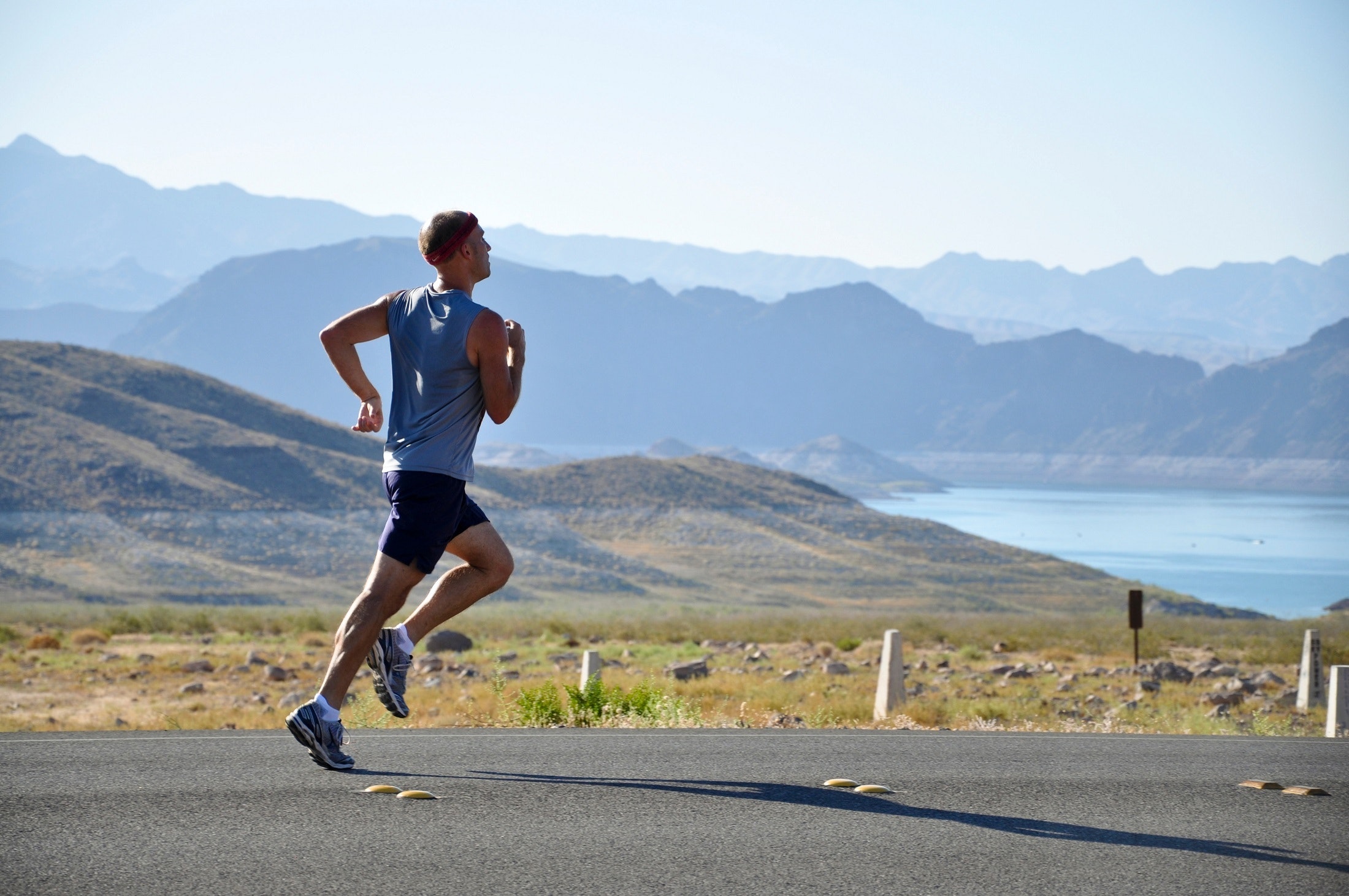Running with heavy, aching, and tired legs can be uncomfortable, which deters many runners from going for a run.
You’re not alone if you’ve ever felt like your legs were a tonne of weight.
The truth is that many runners have heavy leg syndrome from time to time. The key is not to let it permanently discourage you from jogging.
If you frequently experience heavy legs during running or heavy, weak legs after running, this may indicate that you need to reevaluate your training program and running strategy.
The good news is that you can get your running mojo and energy back while training with a few easy tweaks.
In this manual, we’ll look at the following:
What is running with heavy legs?
Legs that are heavy, exhausted, and stiff are frequently described as feeling heavy and difficult to lift and move forward.
Some say they feel like dragging around weights linked to their legs because of their heavy legs.
What signs do heavy legs present when running?
Although there are many different signs and symptoms of heavy legs after jogging, the following ones are typically noted:
- drained and sore legs
- leg pain and stiffness
- aching legs
Legs that feel as though they are bearing additional weight
Why do my legs feel heavy when I run?
Why do my legs feel heavy while I run? You might be asking.
Legs heavy and aching have been linked to improper running technique, dehydration, an iron deficit, and overtraining.
A list of plausible reasons for heavy legs during jogging is provided below:
Overtraining
The bulk of runners typically links their training with heavy legs when they are running.
For example, the number of kilometers you run each week might occasionally cause that “heavy legs” feeling if you’re preparing for a long-distance event.
Your legs could feel heavy if you’re overtraining (for example, if you run too many miles each week or don’t give yourself enough time to recuperate between runs).
However, excessive mileage in your training program is sometimes a sign of overtraining.
It may also be connected to workout schedules that change drastically or advance too quickly.
Overtraining is frequently brought on by trying to perform too much too soon after an injury or layoff from running.
Don’t be tempted to push through it because overtraining frequently causes illness and damage.
Instead, take a few days off and scale your exercise until you feel better.
While running, pay close attention to your body’s signals and how you are feeling.
Extraordinary weightlifting
Although strength training is crucial for being a strong and healthy runner, lifting too much weight might harm your performance.
DMS, which can result from challenging leg exercises, might make you feel like you have heavy legs for two to three days after your workout.
DOMS may also affect your running efficiency.
Leaving insufficient time for healing
Not giving your body enough time to recuperate between runs is another typical cause of heavy legs when you’re running.
It’s possible that your legs feel so heavy because you neglect active recovery between runs, the post-run cool down, or, even worse, rest days.
bad running technique
A fundamental contributing cause of too heavy legs when running is poor running form.
Running form is all about moving as efficiently as you can. It examines everything, including your posture and footfall.
The truth is that poor running form, particularly regarding your posture, footstrike, and cadence, can inflict additional stress on your body and result in heavy and tired legs.
The following are the typical reasons why runners’ legs feel heavy:
You go too far. When you run with a low cadence and an overstride, your foot will fall in front of your body, putting more strain on your foot and leg. As you run, try to shorten your stride and increase your cadence (the number of steps you take each minute).
Your heel initially lands on the surface. Your running form can be impacted by the footstrike you make when you step down (or strike). When your heel strikes, impact forces are sent up your leg and into your hips, leading to pain and discomfort. Instead, try to strike with your midfoot.
Your alignment needs to be corrected. When running, your head, shoulders, legs, and feet are all considered. Maintain a solid and stable core while keeping your shoulders relaxed. When you’re sprinting, your arms shouldn’t cross your torso and should be at a straight angle. When you run, keep your knees slightly bent.


